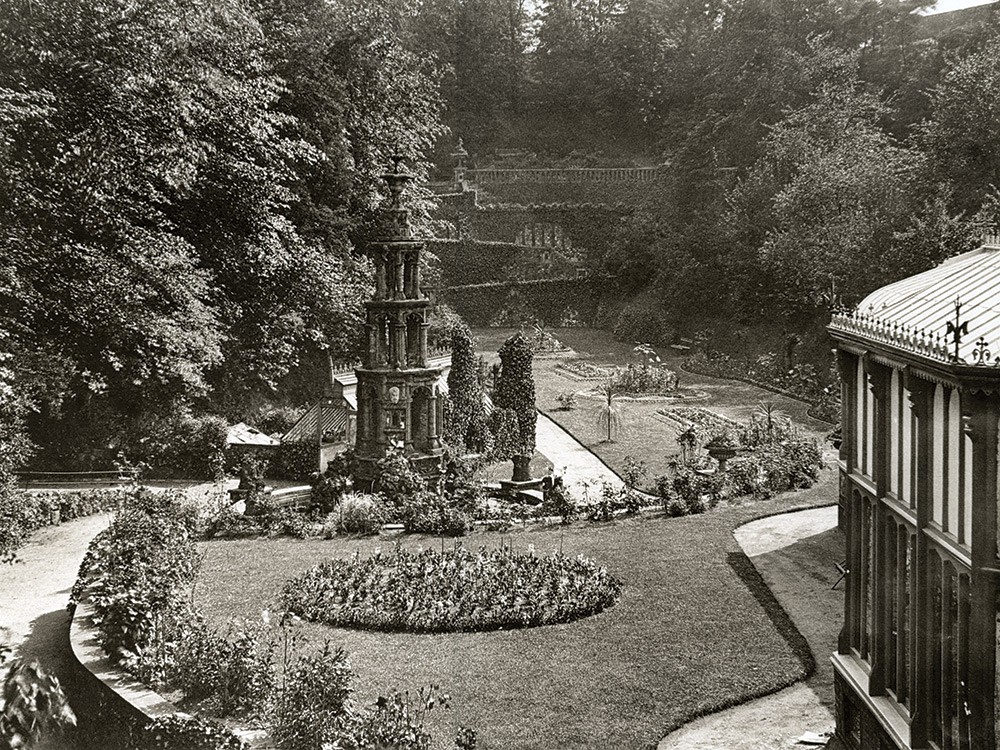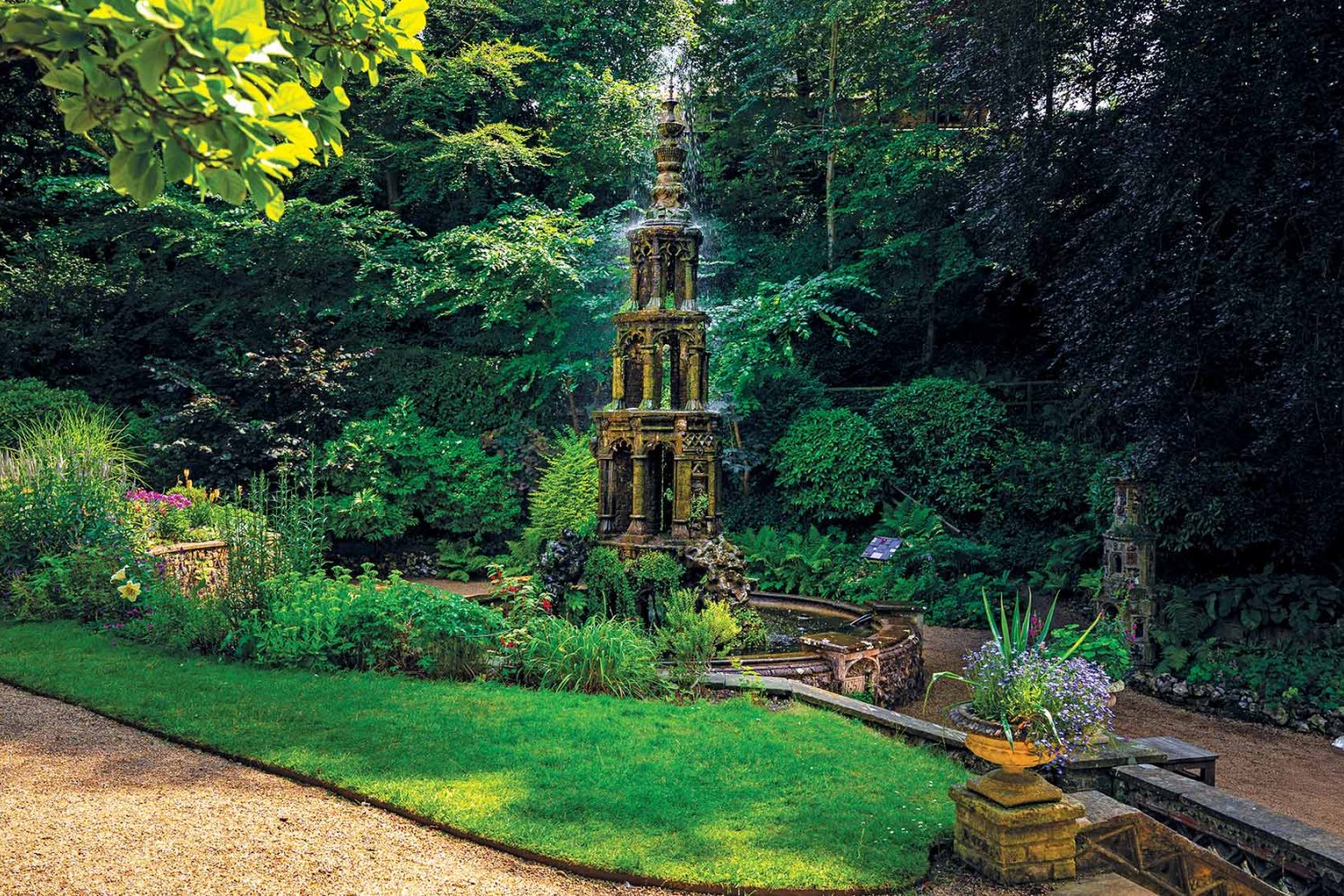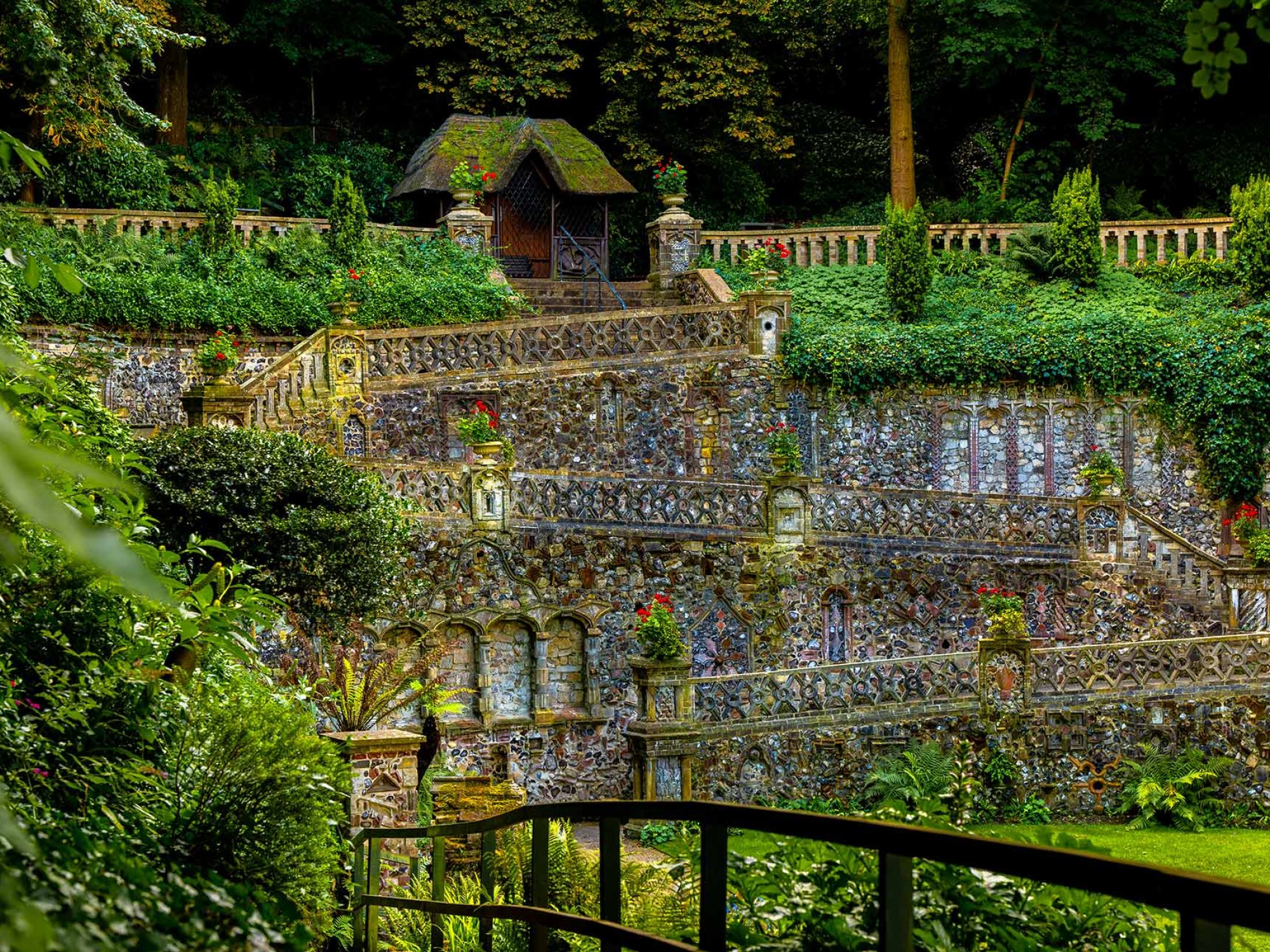
A gorgeous garden haven set within a bustling city
What was once an abandoned chalk quarry has been transformed into a gardener’s paradise thanks to a Victorian visionary, but there was a time when the Plantation Garden’s beauty was forgotten
Residents of Norwich city centre are used to a fast-paced lifestyle, but when the stress of work or endless sounds of traffic get to be too much, they know of a tranquil spot where time seems to stand still. The history of the Plantation Garden tells of one man’s dedication to creating a stunning and serene space for all to cherish.
Born in Wisbech in 1819, Henry Trevor was a man who liked to make things. As a young adult he travelled to Norwich to become an apprentice in upholstery and cabinet making. Excelling in these crafts, he opened his General Furnishing Establishment in 1842 on Post-Office Street (later Exchange Street) alongside his business partner Joseph Gray.
He eventually moved with his family into a home on Earlham Road, the price of which was rather reasonable as it sat just opposite a large chalk quarry.
When the lease on the quarry expired in 1855, it sparked discussions between the Trustees of the Preachers’ Charity, who had held the land since 1613 and still retain ownership today. They envisioned a residential future for the site, shifting away from its industrial past. Henry Trevor saw his chance to create something spectacular for the city and seized it, promising to build a fine house and an even finer garden within Norwich’s deep dell.
Plantation House was constructed in 1856 and sat just next to the quarry. Once completed, Henry turned his attention to realising the garden of his dreams. He appointed George Woodhouse as head gardener and built the Gardener’s Cottage for him to live in. It’s believed numerous labourers were employed to undertake the monumental task of transforming the quarry into a green oasis, but unfortunately no records exist to tell us who they were.
The deep and rocky slopes surrounding the quarry were masked by trees and evergreen shrubs. Serpentine paths wound through the wooded hills to create multiple routes around the garden. A rustic bridge was built across the north end, providing a dramatic vantage point to take in the transformed scenery.
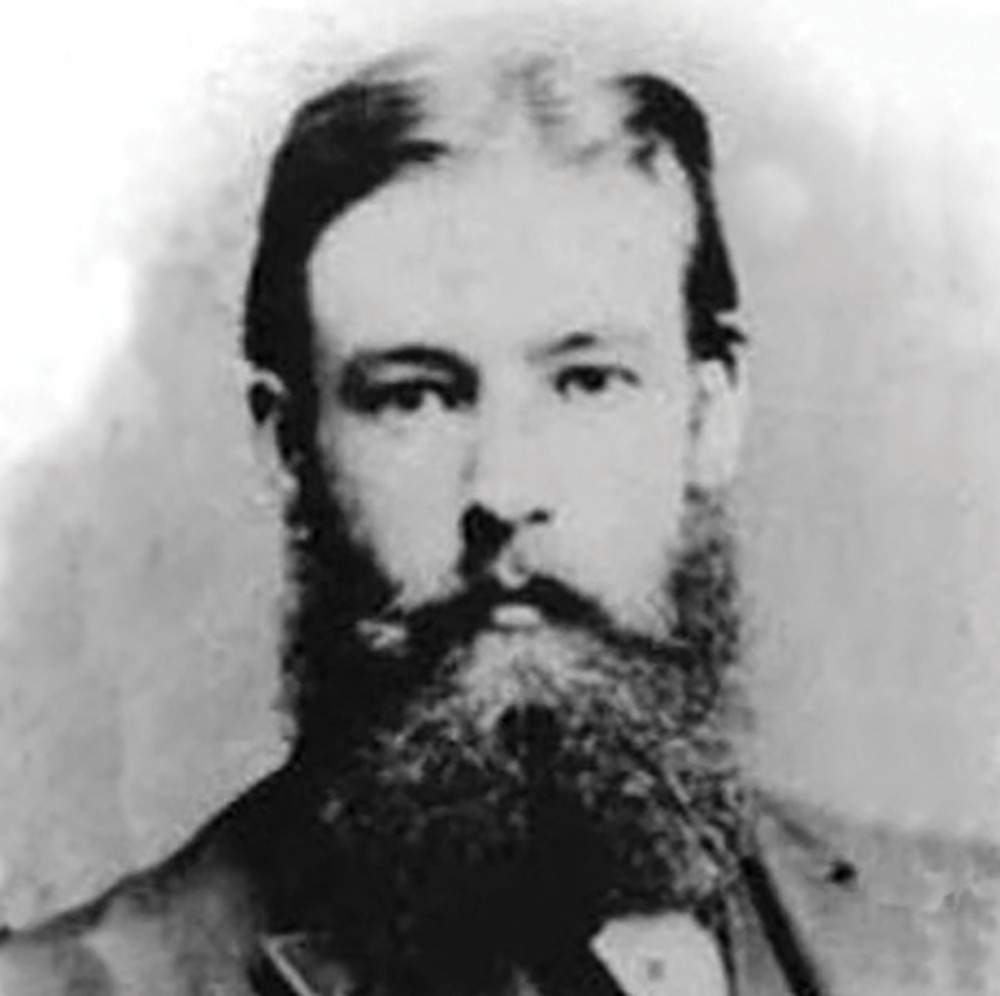
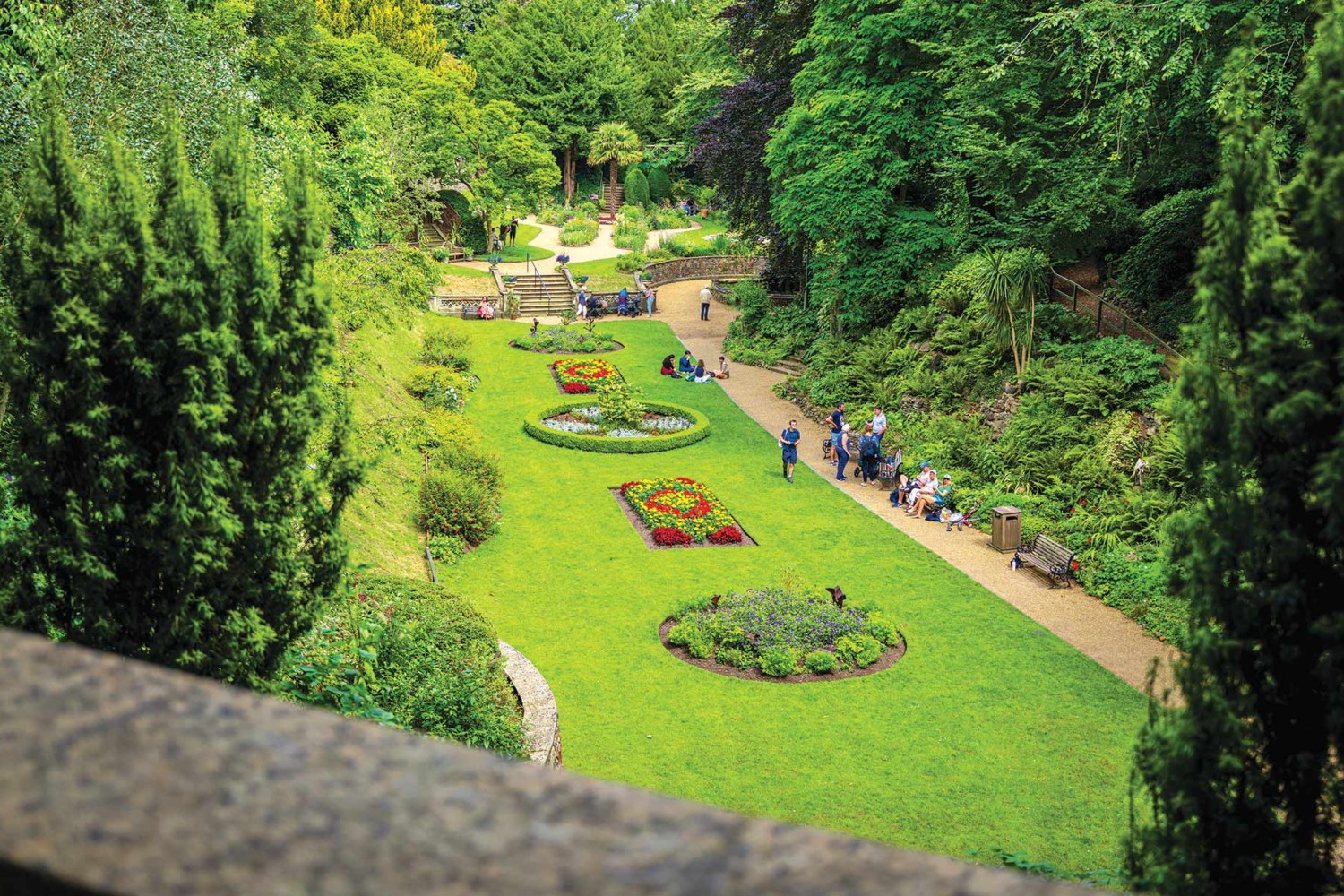
Two of the most striking features built for the garden were the Gothic fountain, erected in 1857, and the Palm House, completed in 1871. The fountain reflects the Victorian love for blending historical elements with modern architectural styles. Norwich is renowned for being the UK’s most intact medieval city and Henry sought to mirror this medieval aesthetic in his garden while also weaving in popular Gothic Revival elements. White bricks from Gunton Bros. brickworks in Costessey were commissioned to be moulded into Gothic patterns. These bricks were intentionally produced to age gracefully, acquiring a weathered appearance over time. This process has given the fountain’s windows a stone-like appearance, bestowing upon them an aura of antiquity that belies their true age.
Glasshouses were a popular feature in many Victorian gardens after the glass tax was abolished and advancements in manufacturing made the material cheaper to buy. Henry wanted only the best for his Plantation Garden. A magnificent octagonal Palm House was constructed, showing off intricate craftsmanship and housing ‘tropical’ plants that visitors would have never seen before. Begonias, nemesia and verbena may now be regular additions to our flowerbeds, but these were intriguing and exciting plants to the Victorians.
Henry delighted in sharing his garden with the community. He has been quoted saying, “a selfish life must be a miserable one. The way to be happy is to make others happy.” True
to his word, by welcoming visitors into his garden, he spread joy among many in Norfolk.
Upon Henry’s passing in 1897, the estate underwent numerous transitions. The house served various roles, including a doctor’s office, a nursing home, and a midwifery training facility. The Palm House was sadly demolished in the early 20th century, and as the years progressed, the garden succumbed to neglect and overgrowth. Eventually, it was lost to memory, surrendering to a wild and untamed state.
The garden’s revival began in the 1980s when it was miraculously rediscovered, leading to the establishment of the Plantation Garden Preservation Trust. Presented with a mammoth restoration mission, the Trust set out to remove the dense overgrowth of weeds and plants, stabilise the severely deteriorated fountain, and reconstruct the bridge that had collapsed in the 1940s.
Nowadays, visitors can bask in the garden’s full magnificence. Beautiful flowers arranged in carpet beds take centre stage in the main lawn, an impressive palm tree now towers where the Palm House once stood, and the detailed stonework crafted by the original artisans encircles the enchanting space. A dedicated team of volunteers work tirelessly to preserve this hidden gem, relying on donations and raising funds through special events.
Upon entering the spectacular garden, the clamour of the city fades into a hushed memory. A serene calm envelops you, guiding you through a realm of horticultural splendour— a legacy of a visionary who found joy in sharing his botanical wonders with the people of Norfolk.
